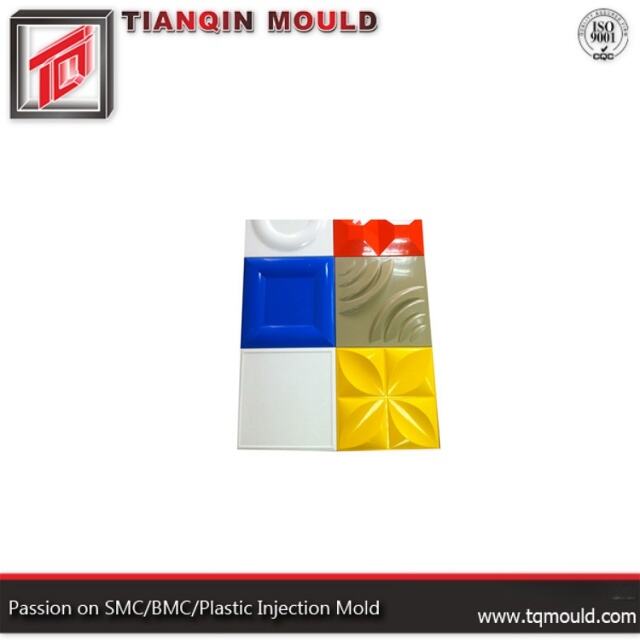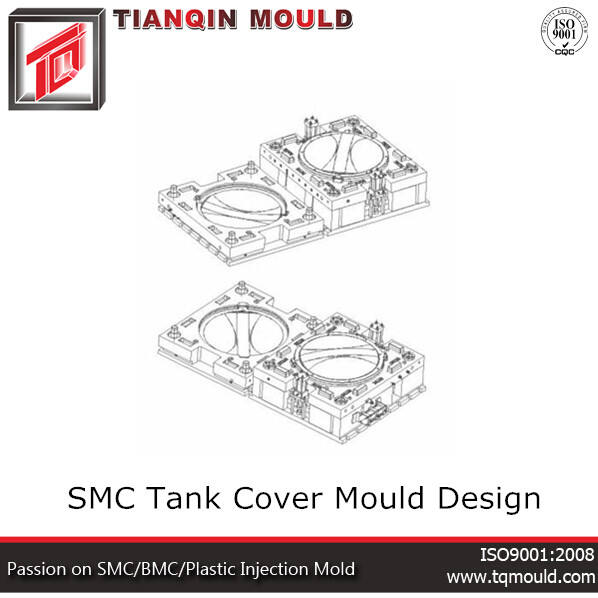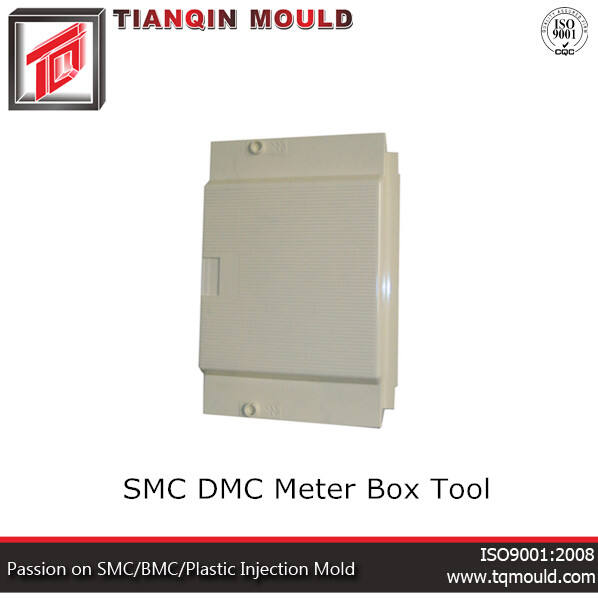This SMC production method used to produce strong and light materials can be used in things such as boats and cars. SMC is made using this process, bringing together various materials to form numerous products. In this article, we’ll discuss the smc compression molding and why it’s a great option for manufacturing.
SMC manufacturing method is used to produce high-strength and tough products for the wide range of industries. With this process, companies create parts such as panels, bumpers, and electrical components. SMC enables us to manufacture lightweight, cost-efficient and high-performance products.
SMC requires a combination of materials such as resin, glass fibers, fillers and additives. The glass fibers make the cured product strong, and the resin sticks everything together. Fillers help harden and fireproof the product, and the extras can give it different colors or help it resist sunlight.

The mixing of the raw materials in a mixer to obtain a smooth paste is the first operation. This mixture is then sent to a mold, where it gets pressed to squeeze out any air bubbles and shape the product. Once cooked in a high-heat oven, the product waits to be finished with details such as cutting and painting before being sent out to customers.

SMC Production Process All companies undoubtedly have their own checks throughout the smc mould to ensure the quality of their products. They routinely inspect the raw materials, watch the mixing and test the finished products for strength, durability and appearance. With these checks kept, organizations are capable of maintaining high quality of the SMC products.

SMC can offer several advantages in manufacturing. Firstly, SMC products are strong while being lightweight, which is important in the process of weight reduction. And with SMC parts, the parts can form in a wide variety of shapes for various designs. SMC is also highly resistant to rust, and will prevent heat and electricity from passing through it, making it a valuable material for many industries.